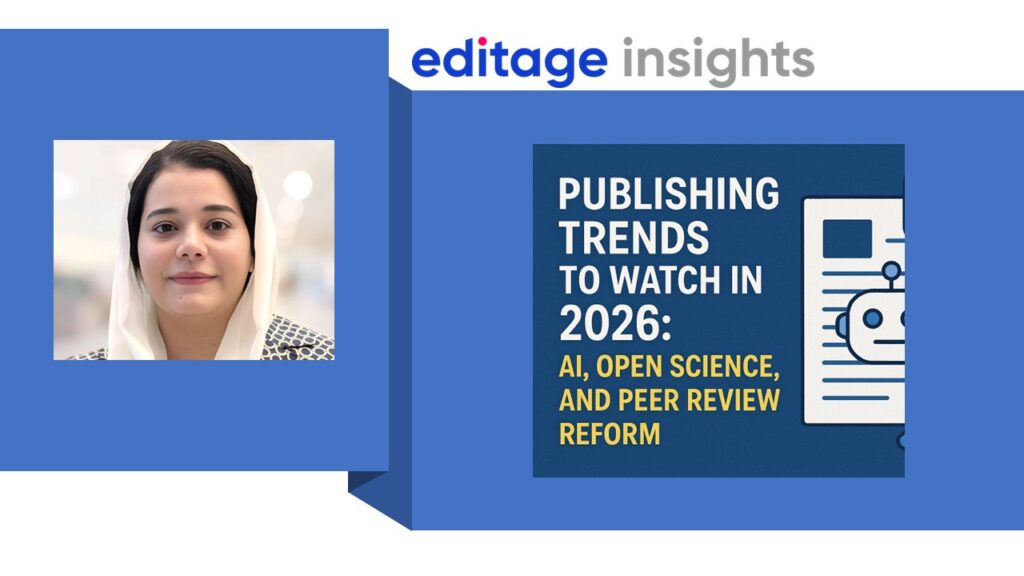Demystifying open access (part 2): What are the pitfalls?

As an early career researcher or student, it’s important to familiarize yourself with the ever-shifting open access (OA) landscape. This will help you to understand why OA is relevant to you and help prevent headaches further down the line when trying to select a journal.
Open access pitfalls
The growth of OA has largely been driven by good faith efforts from the research community. However, just as some people exploit charities, some also exploit the OA ecosystem to scam money from researchers; early-career researchers are frequently targeted by predatory entities.
Some journals, dubbed “predatory journals” by the publishing community, offer expedited publishing, low APCs, and easy peer review. In a “publish-or-perish” environment, some well-intentioned researchers can be called in by their siren song. This can result in precious budgets being wasted on a journal that fails to maintain proper archives or subject articles to actual peer review.
Some researchers have created lists of predatory journals, but no volunteer-maintained list can be perfect. Therefore, it is important to spot the signs of predatory journals. If you spot any of the following, take heed; you may be dealing with a predatory journal.
-
The website contains little or no information on the peer review process.
-
Details about the editorial board are absent, faked, or consist of unknown and unaffiliated individuals.
-
The editorial board consists of a large number of reputed scientists, but when you check these scientists’ own institutional/LinkedIn profiles, none of them mention serving on the editorial board of that journal.
-
The journal lacks an ISSN.
-
The website lacks a publisher name, or the publisher is an unknown entity that cannot be found in a web search.
-
Contact details for the publisher are inconsistent or suspicious (e.g., a Gmail email address rather than an institutional email address, a contact number that appears to be in Bangladesh or Pakistan whereas the editorial board is entirely European or North American)
-
The journal does not contain details on archiving, or lacks persistent identifiers such as DOIs.
-
The journal is not part of any recognized industry initiatives, such as COPE.
If you wish to know more about avoiding predatory publishers, I suggest Think, Check, Submit as a great place to begin.
Conclusion
OA is becoming a huge topic that every researcher needs to understand early in their careers to make the right decisions for their research. Check out our growing collection of articles and resources on OA to build your knowledge and start your career the right way.







